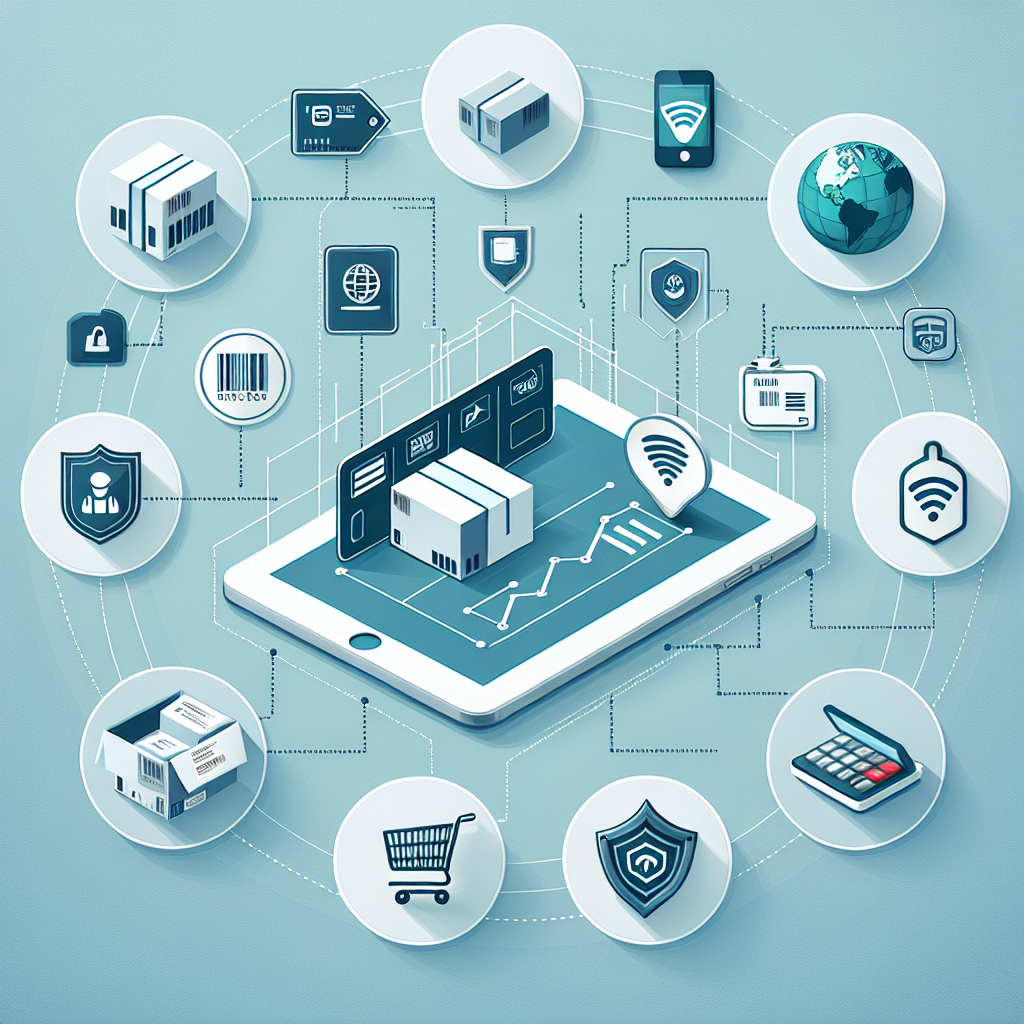In today’s fast-paced, technology-driven world, organizations are constantly seeking ways to enhance efficiency, improve data accuracy, and streamline operational processes. One innovation that is gaining traction across various industries is the use of tablets with integrated RFID readers.
Understanding RFID Technology
RFID, or Radio Frequency Identification, is a technology that utilizes electromagnetic fields to automatically identify and track tags attached to objects. These tags contain electronically stored information that can be read from a distance without direct line-of-sight, making RFID an incredibly versatile tool for data collection and inventory management.
Components of RFID Systems
- Tags: These are small devices attached to objects that contain microchips storing data.
- Readers: Devices that emit radio waves to detect tags and read their data.
- Antenna: Transmits and receives signals between the reader and the tag.
- Software: Manages and analyzes the data collected by the readers.
Tablets with Integrated RFID Readers
Tablets with integrated RFID readers combine the versatility of a mobile computing device with the advanced data capture capabilities of RFID technology. This integration eliminates the need for separate handheld RFID scanners, streamlining operations and reducing equipment costs.
Advantages of Tablets with Integrated RFID Readers
1. Enhanced Efficiency
One of the most significant advantages of using tablets with integrated RFID readers is the increased efficiency they offer. Employees can simultaneously perform multiple tasks such as inventory checks, asset tracking, and data entry, all from a single device.
| Task | Traditional Method | Integrated RFID Tablet |
|---|---|---|
| Inventory Management | Manual counting, separate RFID scanner | Automated tracking, real-time updates |
| Asset Tracking | Barcode scanning, manual logs | Instant RFID reads, automated logs |
| Data Entry | Manual input into computers | Direct input, less errors |
2. Improved Data Accuracy
Manual data entry and traditional inventory methods are prone to human error. Tablets with integrated RFID readers minimize these errors by automating the data capture process. This leads to more accurate and reliable data, which is crucial for decision-making and operational planning.
3. Real-Time Data Access
With RFID-enabled tablets, data is captured and processed in real-time. This allows organizations to monitor operations more closely, quickly identify issues, and make timely decisions. Real-time data access is particularly beneficial in dynamic environments such as healthcare, logistics, and retail.
4. Cost Savings
By integrating RFID technology into tablets, organizations can reduce the need for multiple devices. This not only lowers equipment costs but also decreases maintenance expenses. Additionally, the improvements in efficiency and accuracy can lead to significant cost savings over time.
5. Mobility and Flexibility
The portability of tablets allows employees to perform tasks anywhere within the facility. This mobility is especially useful in large warehouses, retail spaces, or hospitals where constant movement is required. Additionally, tablets can be customized with various apps and software to meet specific industry needs.
6. Improved Customer Service
In retail and customer-facing environments, having access to real-time data on inventory and product information can significantly enhance customer service. Employees can quickly check stock levels, locate items, and provide accurate information to customers, improving their overall experience.
Industry Applications
Healthcare
In the healthcare sector, tablets with integrated RFID readers can track medical equipment, manage patient records, and ensure the timely administration of medications. This enhances operational efficiency and significantly reduces the risk of errors.
Logistics and Supply Chain
In logistics, RFID tablets streamline the tracking of shipments, manage inventory levels, and optimize warehouse operations. This leads to faster processing times and reduced operational costs.
Retail
Retailers use RFID-enabled tablets for inventory management, theft prevention, and improving the customer shopping experience. Real-time access to inventory data helps in restocking and reduces stockouts, enhancing customer satisfaction.
Manufacturing
In manufacturing, RFID tablets track parts and components through the production process, ensuring timely assembly and reducing downtime. This improves overall production efficiency and product quality.
Education
Educational institutions utilize RFID tablets to manage library books, track student attendance, and secure access to facilities. This enhances resource management and security on campuses.
Challenges and Considerations
1. Initial Investment
While RFID tablets offer numerous long-term benefits, the initial investment can be significant. Organizations must weigh the upfront costs against the potential for future savings and improved efficiency.
2. Implementation
Integrating RFID technology into existing systems requires careful planning and execution. This includes ensuring compatibility with current software and training employees to use the new devices effectively.
3. Security
As with any data-driven technology, security is a major concern. Organizations must ensure that their RFID systems are secure and that sensitive data is protected from unauthorized access.
Conclusion
Tablets with integrated RFID readers are revolutionizing the way organizations operate across various industries. By combining the versatility of tablets with the advanced capabilities of RFID technology, these devices offer enhanced efficiency, improved data accuracy, real-time data access, and significant cost savings. While the initial investment and implementation can pose challenges, the long-term benefits make RFID-enabled tablets a valuable asset for businesses aiming to stay competitive in a technology-driven world.

